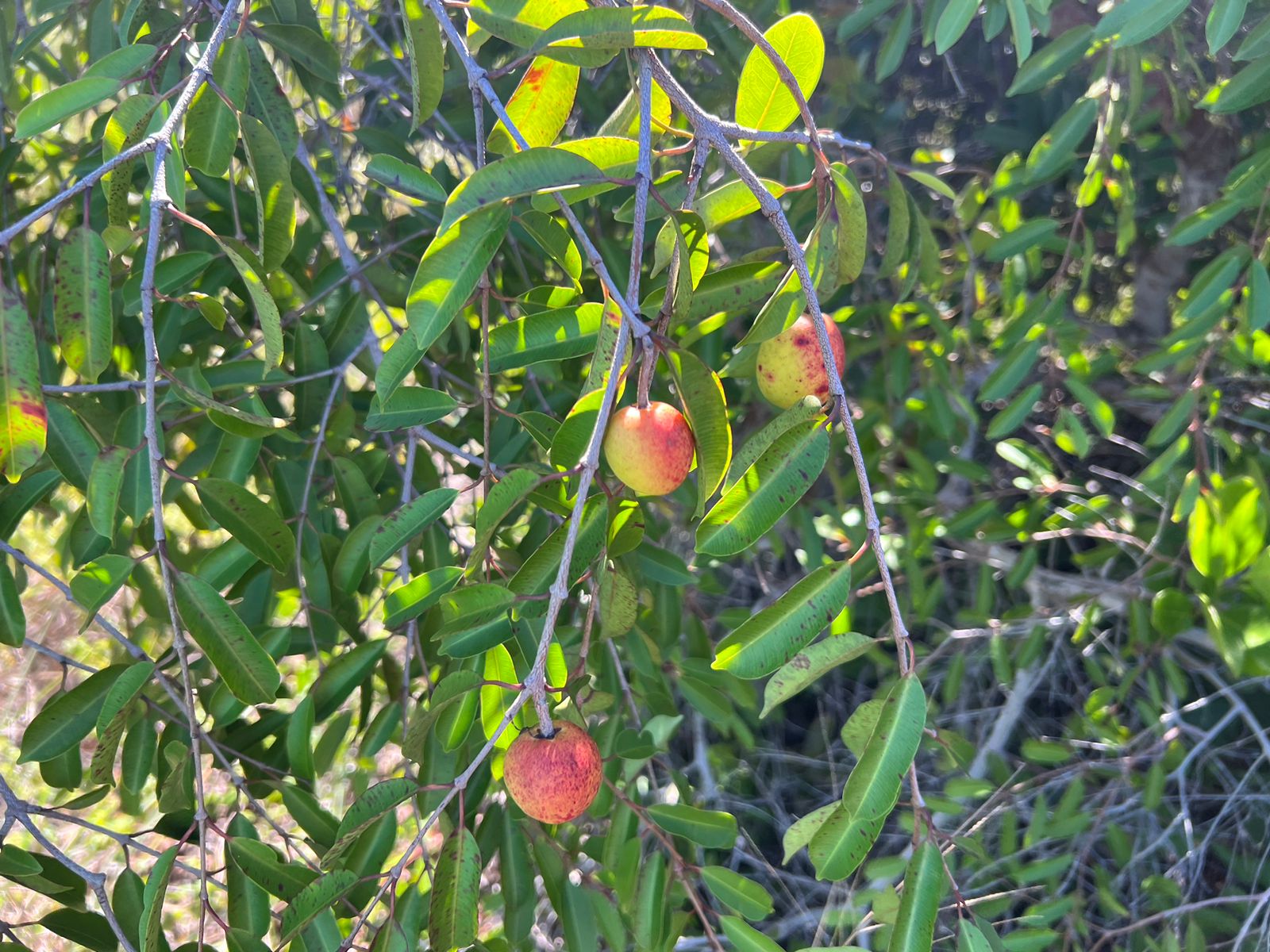Hapa Joe's Nursery
Hancornia speciosa "Bahia Red Mangaba"
Hancornia speciosa "Bahia Red Mangaba"
Couldn't load pickup availability
Hancornia speciosa "Bahia Red Mangaba" Seeds
Hancornia speciosa "Bahia Red Mangaba" is a fruit that grows on the mangabeira tree, a native of tropical areas in Brazil. The tree typically reaches a height of 5-6 meters, but can grow up to 10 meters, and begins producing fruit after 3-5 years. Mangabeira is a hardy tree that thrives in sandy soils with low nutrient content.
The mangaba fruit is oval and berry-shaped, with yellow or greenish skin that may have red pigmentation. When fully ripe, it has a yellow skin with reddish marks and a delicate, aromatic scent. The flesh is soft, white, slightly viscous, and fibrous, with a distinctive sweet flavor. The native people who are familiar with the fruit and widely use it, call it mangaba, which means "good fruit for eating."
In addition to being popular as a fresh fruit, mangaba is also used to make juices, ice creams, jams, pastries, preserves, distillates, wines, and syrup. When the fruit is mature, it falls from the tree and ripens on the ground for 12-24 hours. However, ripe mangaba is highly perishable, which makes commercialization challenging. To address this issue, the fruit is mostly picked from the tree and is ready to eat after 2-4 days.
Mangaba is primspecialized outward growth surrounding a seedarily used for industrial processing into juice, ice cream, and jam, and commercial use usually involves freezing. The latex of the mangabeira tree is suitable for making rubber, but this practice is no longer widespread. Some parts of the tree are used in traditional medicine, such as the skin for its tingly, drying sensationastringent properties, the latex for bruises, inflammation, diarrhea, tuberculosis, ulcers, and herpes, and an infusion of the leaves to alleviate menstrual pain.
Mangaba is only found in Brazil and is most abundant in the highlands and plains along the coast of the Northeast Region, parts of the restinga, cerrado in the center-west, the north of Minas Gerais state, and parts of the Amazonia. Apart from its delicious taste, mangaba is a means of survival for the local population, as supplies are almost entirely dependent on wild fruit harvesting. For hundreds of families in various states of the northeast, gathering mangaba from November to April is one of the few sources of income.





Brown Sugar, Pralines.. mmm...
There's a reason I keep trying to tell you about Duguetia stenantha. The reason? Well... it's delicious.
Don't miss out before they're gone!
HAPA JOE'S FAVORITE FRUIT!




